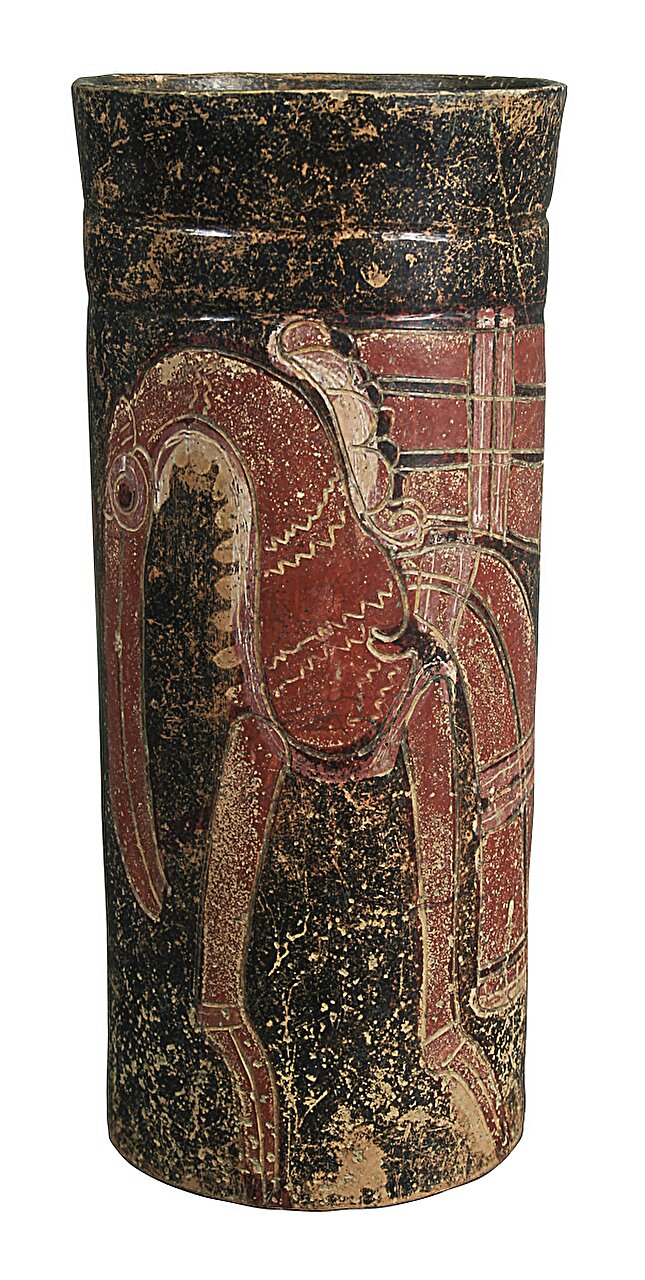Archaeologists have analyzed chemical residues from ceramic vases at the city of Cotzumalhuapa, Guatemala, revealing physical evidence of tobacco use in Mesoamerica, likely for ritual and therapeutic purposes.
Cotzumalhuapa was one of Mesoamerica’s greatest cities during the Late Classic Period (AD 650–950). Its artistic style spread widely across the Pacific coast and highlands of Guatemala, reflecting the political and economic importance of the city in the region. However, little is known about the ritual practices that took place there.
The use of tobacco in Mesoamerican rituals is known from written sources and from sculptures depicting tobacco leaves, but little conclusive physical evidence has been found, especially from pre-colonial periods.
That sounds disgusting. Tobacco tea? I can’t imagine it tastes really different from drinking out of a spitoon. 🤢 Ugh… I gagged 3 times just writing this.



